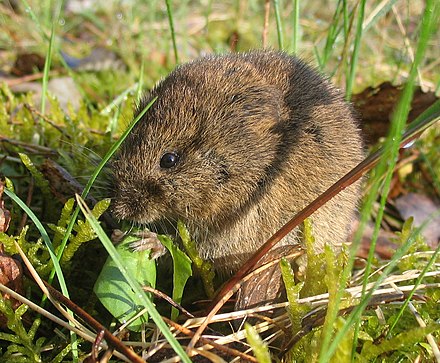Rats are small mammals in the order Rodentia that are exceptionally widespread and diverse around the world. People often use the word "rat" to refer to a variety of different rodents, especially those species that live in close symbiosis with humans, such as the house mouse (Mus musculus) and the rattus norvegicus (Rattus norvegicus). These animals are often considered pests because they damage items, chew on electrical wires, spread disease and eat stored food.

Size: Rats are usually small, with body length (excluding tail) usually between 5-10 cm, but there are also larger species, such as Rattus norvegicus, which can grow to over 20 cm.
Weight: Weight varies from a few dozen grams to hundreds of grams, depending on the species.
Appearance: The common house mouse has a tapered face, large, round ears, and a long tail, which in most cases is almost as long as the body.
Diet: Rats are typically omnivores and eat almost anything they can find, including grains, seeds, fruits, roots and stems of plants, insects, and the carcasses of other animals.
Nocturnal: Most rats are nocturnal, meaning they search for food and move around at night.
Behavioral habits: Rats are well adapted to urban environments. They are good at crawling, jumping, swimming, and can even enter buildings through the smallest openings.
Social Structure: Rats can form complex social structures, but many rats live solitary lives.
Reproductive capacity: Rats have extremely high reproductive capacity, and a pair of rats can produce dozens to hundreds of offspring in a year.
Life Cycle: Although their potential lifespan may be 1-3 years, many rats' actual lifespans in the wild are much shorter due to predation, disease, and human factors.
Pest status: Rats are often considered problem animals in agricultural and urban settings, where they are thought to transmit a variety of diseases such as plague.
Control methods: Use a variety of control methods including traps, poison baits and biological controls to reduce rat populations.
Medical Research: Laboratory rats are used as model organisms and play an important role in biomedical research.
Historical impact: Due to their ability to transmit diseases, rats have been associated with the spread of some major epidemics in human history. For example, the Black Death is closely related to rats.
Ecological impact: Rats may become an invasive species in some environments, with serious impacts on local ecosystems, especially in island ecosystems.
Although considered pests in human habitats, rats play an important role in natural ecosystems. They are an important link in the food chain, both as prey for many predators and as dispersers of seeds and plant material. Proper management of rat populations is critical to balancing ecosystems and avoiding economic losses.
animal tags: rat
We created this article in conjunction with AI technology, then made sure it was fact-checked and edited by a Animals Top editor.